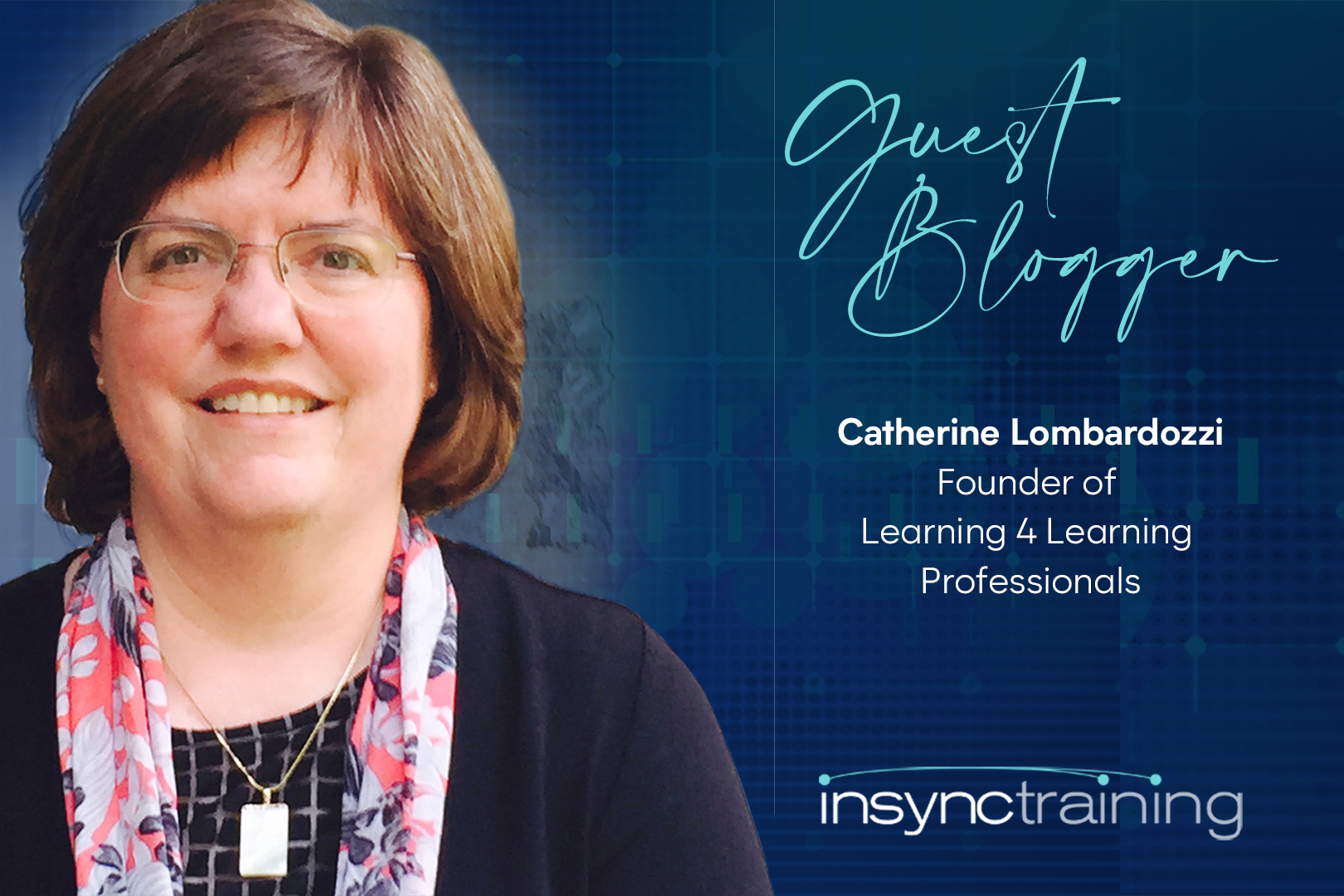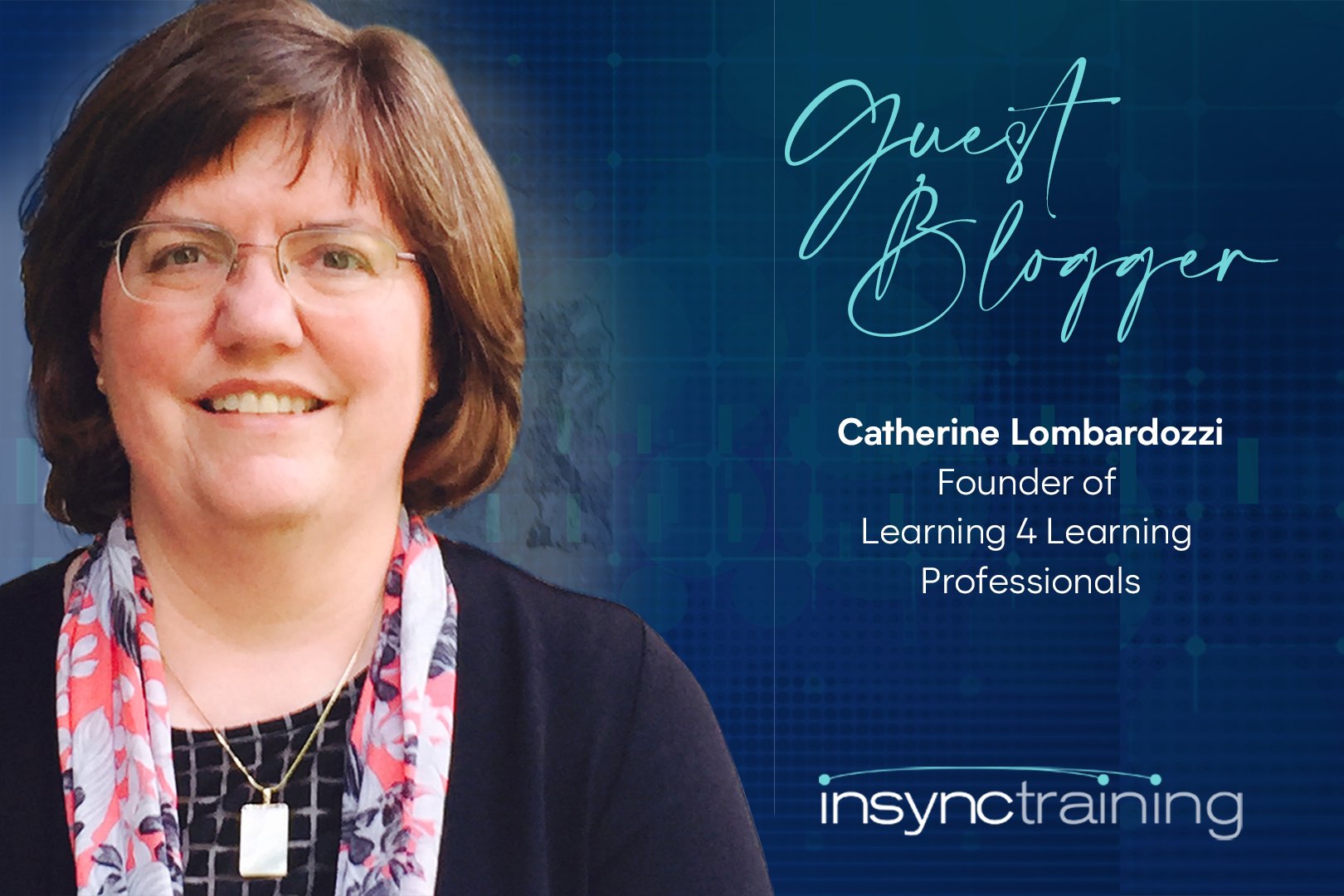Building Learning Community Online
Part of InSync Training's Thriving as a Learning Professional Series Teaching and learning are relational activities. People learn from and with one...
3 min read
 Catherine Lombardozzi
:
Feb 10, 2023 9:30:00 AM
Catherine Lombardozzi
:
Feb 10, 2023 9:30:00 AM

Pablo Picasso is thought to have said, “good artists copy; great artists steal.” In this context, to “steal” means to take another’s work and make it your own – it’s a process of transformation, not appropriation. Austin Kleon celebrated this kind of stealing in his best-selling book, Steal Like an Artist.
“What a good artist understands is that nothing comes from nowhere. All creative work builds on what came before.” Therefore, “your job is to collect good ideas. The more good ideas you collect, the more you can choose from to be influenced by.”
Most roles in learning and development contain creative work, tasked with crafting deliverables that are unique or customized and that are intended to be engaging and impactful. You can develop your own approach by building on what has been done before.
Creative people are constantly sensing for inspiration. Julie Cameron, in The Artists Way and other books supporting creative processes, recommends a weekly “artist date” (a solo trip to pursue an interest) to fill the creative well. Studies show that creativity is often prompted by inputs that seem to be unrelated – morphing ideas from one arena to another, or playing out metaphors, or making connections that are not obvious. These creative break-outs depend on inputs – on noticing the world around you.
A corollary to this creative sensing is the old adage: “garbage in, garbage out” – reminding us that if we only see work that is rote and bland, we may find it hard to get the inspiration to kick up our own work.
It’s amazing how the mind works with just a little bit of creative input, and there are many things that can serve as creative databases if you look out at the world through an open mind. The fun twists in some advertising can inspire educational videos. Your favorite novels and movies can inspire plot and characters for case studies and simulations. Your family game night can inspire the gamified elements that make your training top-notch.
And you can also look closer to home for inspiration – seeing what colleagues have done with the tools at hand. Check out award-winning presentations to see what colors and layout ideas might be modern and workable for a new slide deck. Research how others train on a given topic – their choices for models, content, skills for development, and teaching techniques. Deconstruct how people set up learning ecosystems or portals using a variety of tools and frameworks. Note uses of emerging techniques and technology that might be applicable to your projects. Look for possible strategies and activity structures from other’s successes.
Like Picasso, don’t simply copy what you find, but draw on your discoveries to stimulate completely new ideas, or use what someone else created as a seed for something customized.
Happily, L&D professionals are notoriously generous in sharing their best ideas, knowing that we get better at supporting learning when we mash up, revise, and extend each other’s good work. Make a habit of constantly grazing for and capturing good ideas, and share your own work to add to our cache of examples. Deliberately seek out ideas that can serve as inspiration – from colleagues, internet sources, books, and conferences – and from the bounty all around.
“I’m often asked, “Where do you get your ideas?” The short answer is: everywhere. It’s like asking “Where do you find the air you breathe?” Ideas are all around you.” – Twyla Tharpe
Here’s a short list of some of my favorite L&D sources, especially around activity design – add yours in the comments!
Want to learn more? Download InSync Training's 54-page guide: Thriving As A Learning Professional.

Part of InSync Training's Thriving as a Learning Professional Series Teaching and learning are relational activities. People learn from and with one...

Part of InSync Training's Thriving as a Learning Professional Series An accidental career